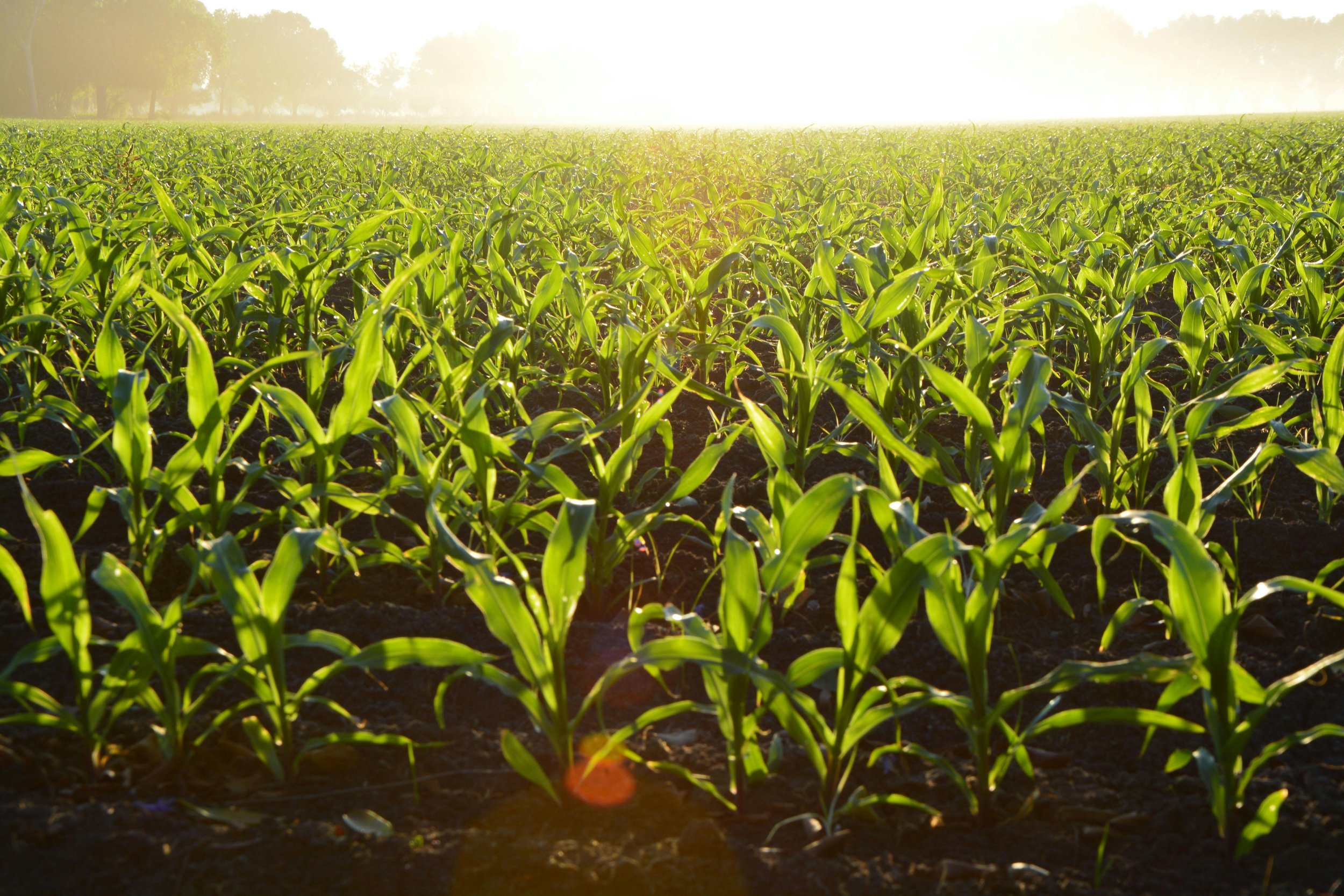The Importance of Soil Health
Laney Jones, VWND Communications and Outreach Specialist
How Does Soil Health Affect North Dakota?
Farmers, gardeners, and anyone concerned about our food supply – healthy soil is the key to a bountiful future. Today, we'll explore what soil is, why its health matters, and how human activity impacts it. Soil is more than just dirt; it's a foundation for crops, livestock, and ultimately, our ability to feed the world. Yet, constant tilling, construction, and other activities take a toll. If soil becomes infertile, our food security is threatened. That's why understanding soil health and proper care is vital.
What is Soil and Soil Health?
Let's break down the concept of soil health:
Soil: Earth's top layer, it's a complex mix of minerals, organic matter, and living organisms – the very foundation for plant life. [Source: Soil Science Society of America]
Health: Simply put, it means something is functioning well. Healthy soil has the right physical, chemical, and biological conditions to support thriving plant growth.
Soil Health: This means soil that can sustain plants and ecosystems over time.
The Five Principles of Soil Health
The Soil Health Foundation promotes these key practices to improve and maintain soil health:
Cover the Soil: Protects it from erosion and harsh weather.
Minimize Disturbance: Avoid excessive tilling that damages soil structure.
Plant Diversity: Enriches the soil with varied nutrients and microbes.
Live Roots Year-Round: Keep the soil fed and stabilized.
Integrate Livestock: Their grazing and manure can naturally boost soil fertility.
Let's explore two key soil health principles: armoring the soil and minimizing disturbance.
Armoring the Soil: Benefits Beyond Just Protection
Think of armoring as a protective blanket for your soil. It means keeping the soil covered either with living plants or plant residue (leftover plant material). This offers many benefits:
Erosion Control: Prevents wind and water from carrying away topsoil and its precious nutrients.
Moisture Retention: Reduces evaporation, keeping water available for plants.
Temperature Regulation: Maintains a stable soil temperature, protecting plants from extremes.
Compaction Prevention: Rain hitting bare soil can compact it, making it hard for roots to grow and equipment to work. Armor acts as a buffer.
Weed Suppression: Limits sunlight needed by weeds to thrive.
Rethinking Tillage: The Shift to No-Till
It was once believed that tillage was a necessity, but now we know it disrupts soil health. Tilling breaks down soil structure, reducing pore spaces that allow water to soak in. This leads to erosion, as the North Dakota Soil Health Team explains. Minimizing soil disturbance allows it to heal, restoring its natural ability to hold water, nutrients, and organic matter.
Diversifying the Plants You Grow
Planting a variety of plants isn't just good for your harvest; it's a benefit for soil health too. Here's how:
Increased Biodiversity: A diverse plant community means a wider range of microbes and organisms living in the soil, creating a healthy and balanced ecosystem below the surface.
Improved Water Infiltration: Different plants have different root structures, which help create pathways for water to soak deeper into the soil.
Reduced Disease and Pests: Monoculture farming (planting the same crop year after year) creates an environment where pests and diseases can thrive. Diversity disrupts their life cycles and helps keep them under control naturally.
The Power of Crop Rotations
Crop rotations are a cornerstone of diversified planting. This practice involves strategically changing the types of crops planted in a field over time. Here are some benefits:
Nutrient Replenishment: Different crops have different nutrient needs. Crop rotations help restore nutrients that were used up by the previous crop.
Pest and Disease Management: As mentioned before, crop rotations disrupt pest and disease cycles, promoting a healthier overall system.
Improved Soil Structure: Rotating crops with deep-rooted plants helps break up compacted soil and improve overall soil health.
Crop rotations can include:
High water users
Low water users
Tap roots
Fibrous roots
High carbon crops
Low carbon crops
Legumes
Non-legumes
Crop type examples are:
Warm season grasses: Corn, sudan, and millet.
Warm season broadleaf: Sunflower and soybeans.
Cool season grasses: Wheat, oats, barley, and rye.
Cool season broadleaf: Flax, pea, and lentil.
Plant diversity is another vital aspect of soil health, and it echoes the natural ecosystems that once thrived on the landscape. Unfortunately, many of our crops have dormant periods, leaving the soil bare and vulnerable to nutrient loss. Enter cover crops. By providing continuous root systems, even during the off-season, they nourish the soil and protect it from the elements. Cover crops can be annuals, biennials, or perennials, offering a range of benefits.
Let's not forget the age-old partnership between livestock and soil health. While fewer farms integrate livestock today, practices like rotational grazing on cover crops and strategic winter-feeding help restore this beneficial relationship.
By following these five key principles, we take a giant leap towards soil health. Done right, it's a recipe for preserving our land's nutrients, vitality, and long-term productivity.
A Positive Impact
Healthy soil is the key to abundant harvests and thriving grasslands. Rick Bieber, a no-till farmer, puts it perfectly: “Soil needs to be protected just like the skin on our bodies. Just as we don’t like to be poked, prodded, cut, burned or frozen, the soil doesn’t like that either...” Healthy soil isn't just about today's yields; it's an investment in our future, a legacy for generations to come.
Want to stay on top of the latest in soil health and other vital topics? Sign up for our monthly newsletters at www.visionwestnd.com/newsletters. Each month, we delve into a new issue within our priority areas.
Resources
ND Soil Health


